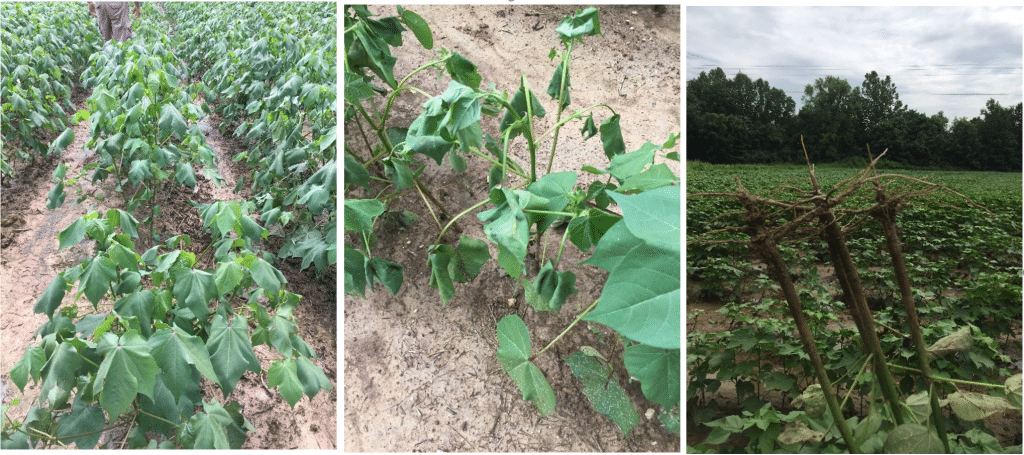While May brought a great deal of rain, June and July have been dry for much of West Tennessee. We are already beginning to see the impacts on cotton growth and development. While we still have very good cotton yield potential, we need a good soaking rain in the coming weeks. This blog highlights impacts of drought on cotton during the growth stage, provides general information on scheduling irrigation and highlights a few scheduling methods.
Ideally, the soil profile needs to provide sufficient plant available water throughout the blooming period. As we begin to move towards the permanent wilting point during the blooming window, fruit retention may begin to decline and maturity may be delayed. If a rainfall or irrigation event does not ameliorate the stress, yield penalties may develop. Cotton plants are particularly susceptible to drought during the early boll development stages which immediately follow flowering (Table 1). Keeping soil profile at or near field capacity at early bloom through peak bloom will support earliness and maximize yields.
Continue reading →


